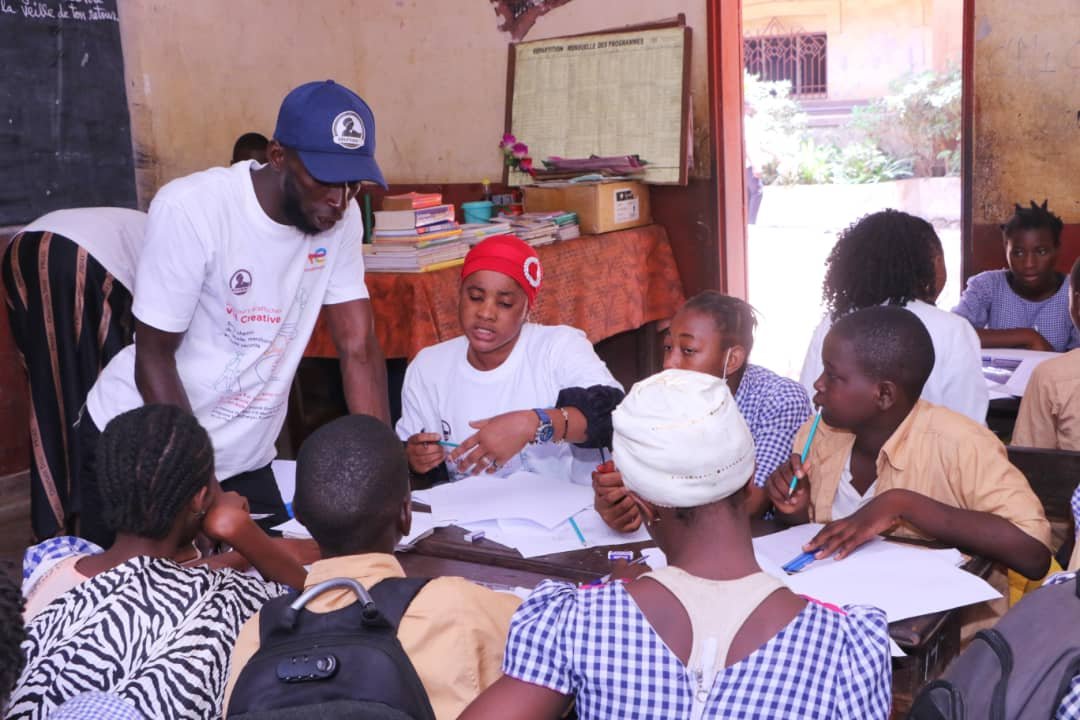
Designing educational projects
How do we achieve Sustainable Development Goals? How do we deliver on these goals and take actions? These two questions are central to any educational project we design and implement. For more than 25 years, we have been designing projects that bring about positive changes for society.
We believe in the unique ability of citizens starting with young people to take full ownership of the main topics of interest for their future and bring positive and sustainable changes in the communities they are part of.
Ownership, participation and change are the three main ingredients of an educational project, independently on where it will be implemented (schools, cities, companies…).
The essence of our work is creating the conditions for people who have a common interest in an issue or problem to work together, share ideas, find solutions and bring about change.
We use an original learning design process to define the steps and tools that are needed to bring our targeted audiences from “where they are to where they want to be”.
We believe in the values of participation and community building to implement projects in partnership with grassroot organizations worldwide and achieve a large social impact.
Safe mobility for young people worldwide
VIA is an educational program on safe mobility for all young people initiated by the TotalEnergies Foundation and the Michelin Corporate Foundation, which is deployed in more than 30 countries around the world.
About participation
According to the UN, children have the right to express their views freely. The right to freedom of expression includes freedom to seek, receive and impart information and ideas of all kinds. This right should be extended to all members (children or adults) of any community.
Everybody can agree on the benefits of participation and the importance of democratic values. The problem emerges when participatory projects have to be designed and when participatory initiatives have to be launched. Too many participatory initiatives fail to give children at school, citizens in a city or employees in a company a choice about the subjects that matter to them, time to formulate their opinions, the space to put forward proposals and the means to apply them.
Our commitment to participation is based on the works of my friend Roger Hart, Professor at the City University of New York.
Roger Hart uses a ladder as a metaphor to illustrate the different degrees of initiation and input children can have when working with adults. This ladder helps visualise what is and what is not participation. The first three levels are clearly non-participatory, describing situations in which, for instance, children’s voices are used or manipulated to convey an adult message. The higher steps on the ladder represent genuine participation.
Roger Hart about children participation

